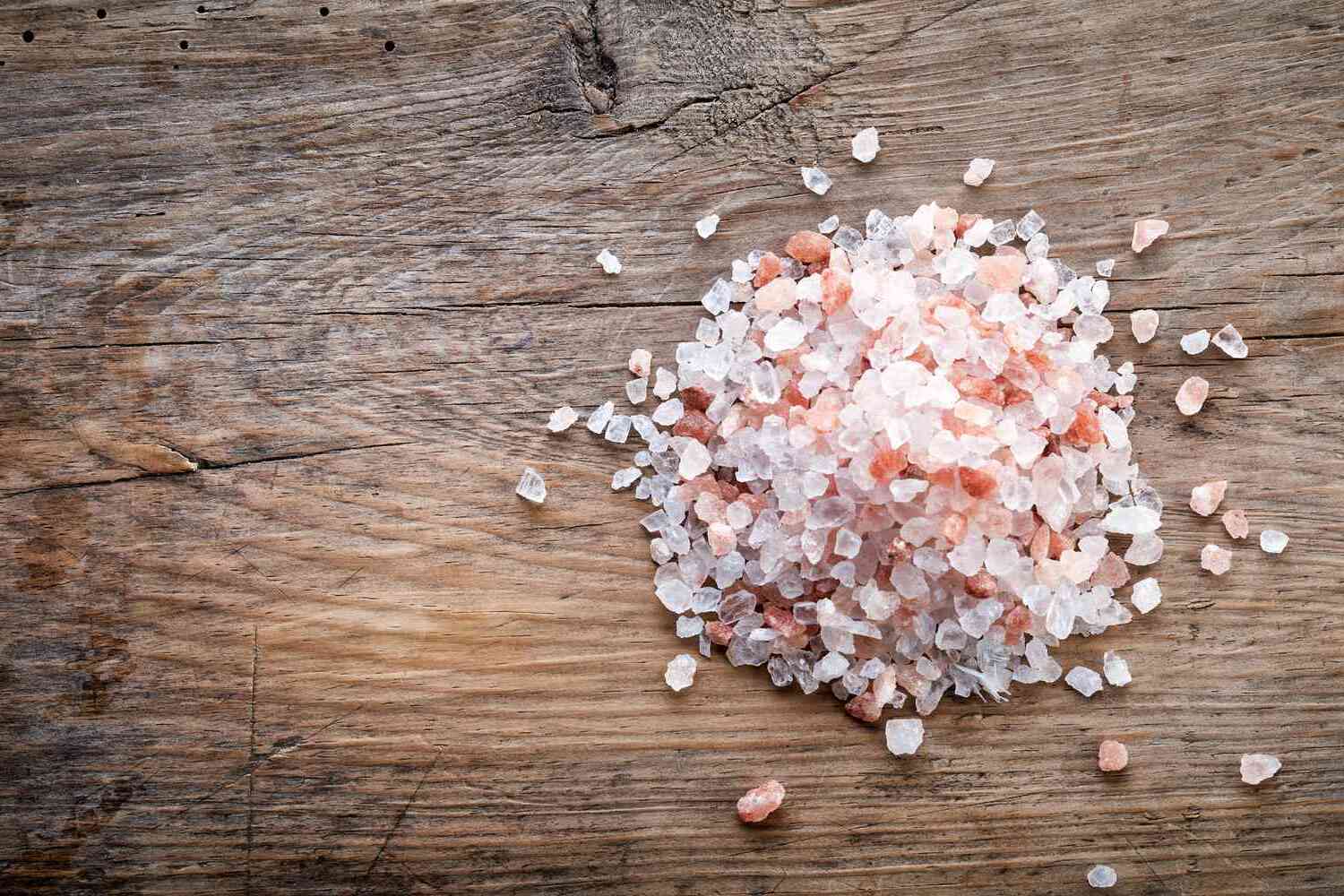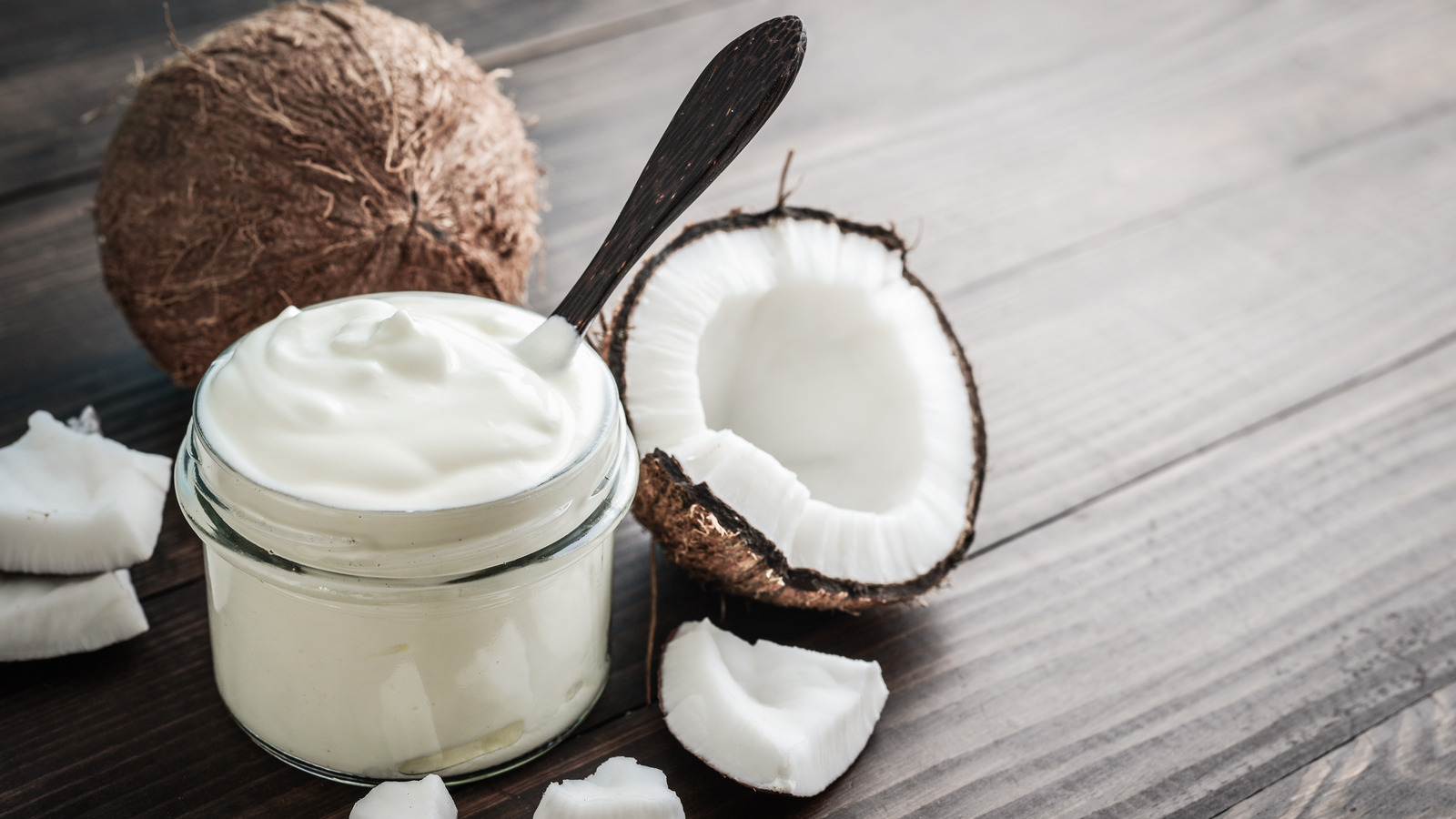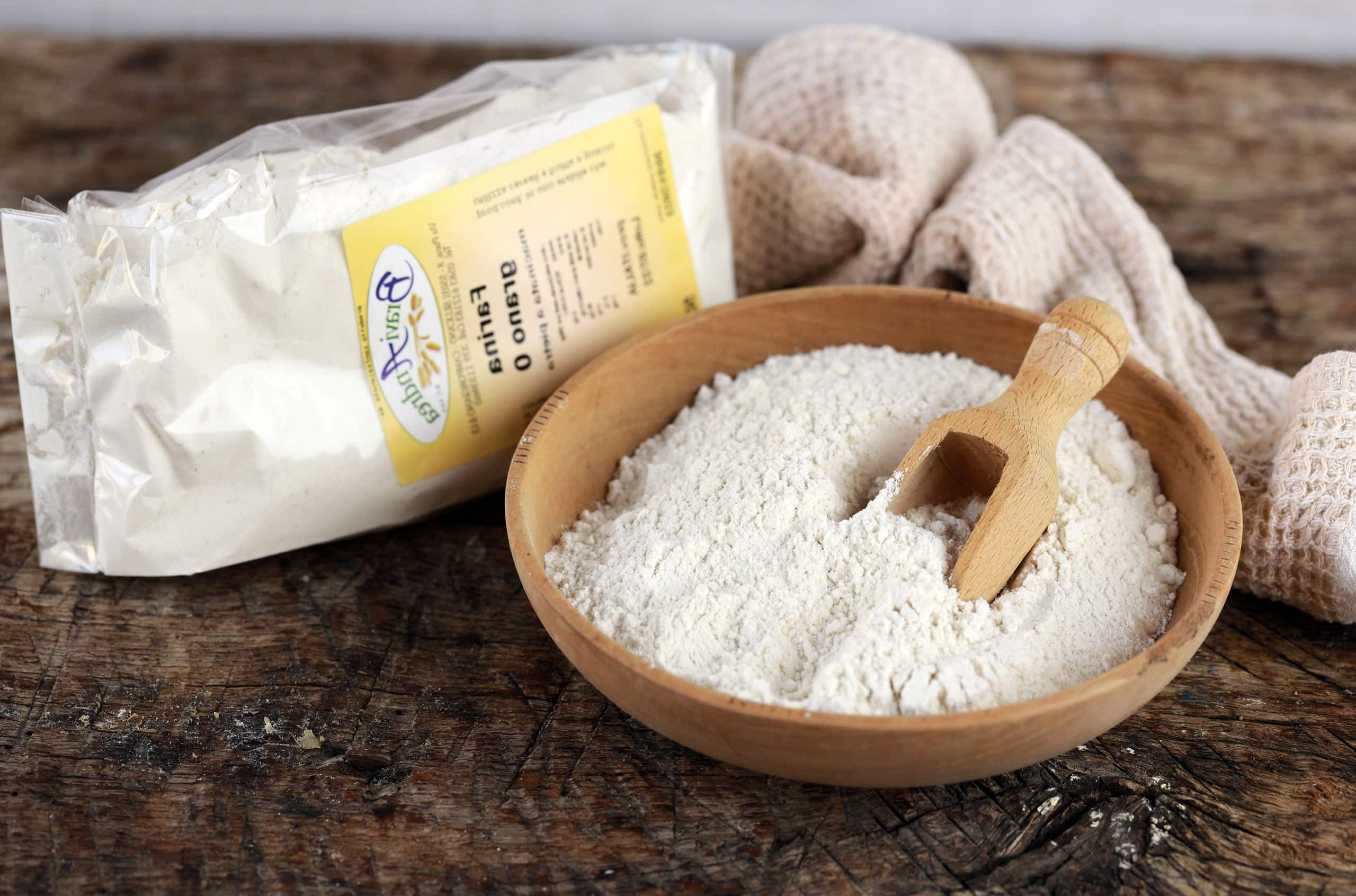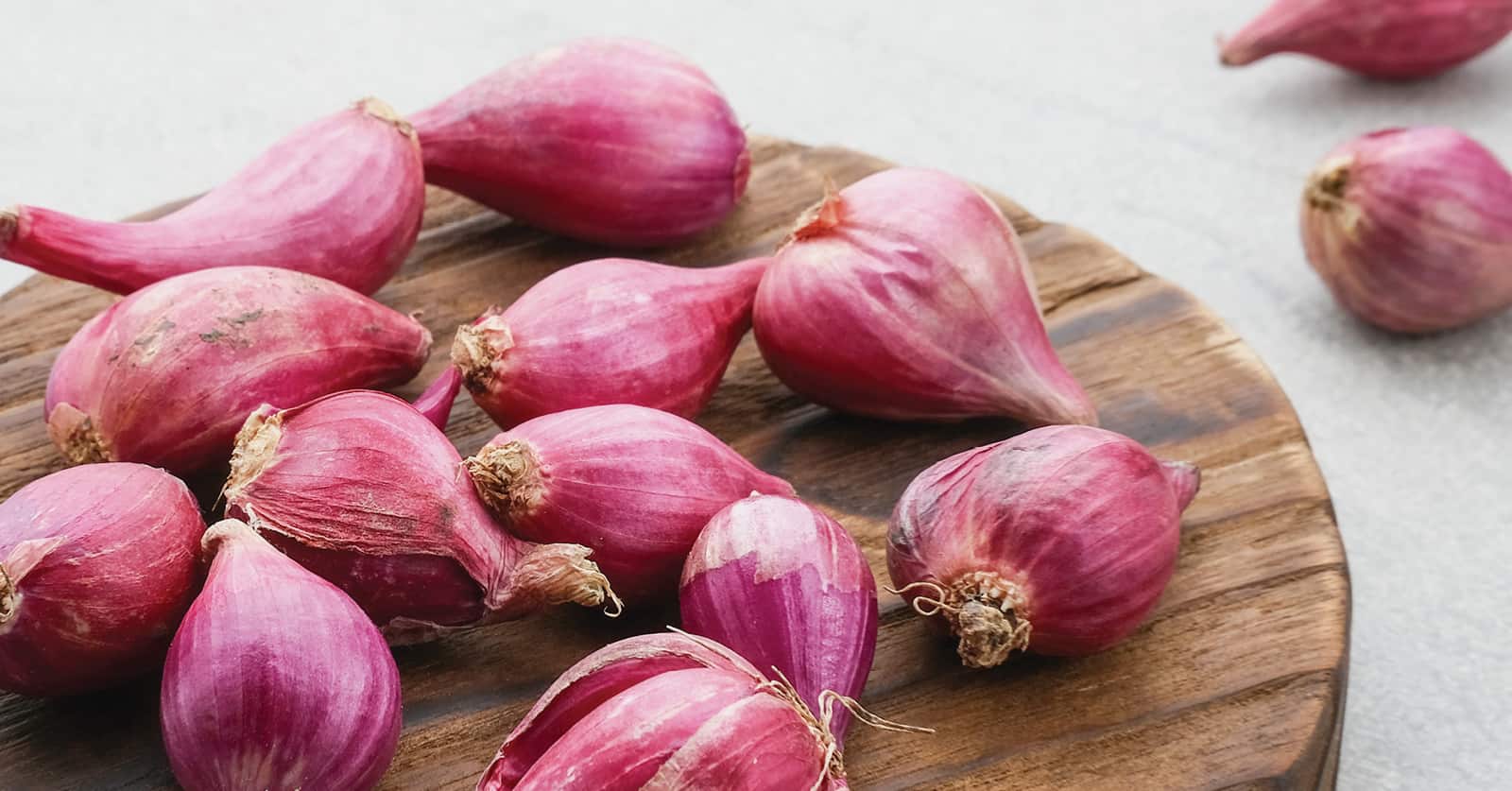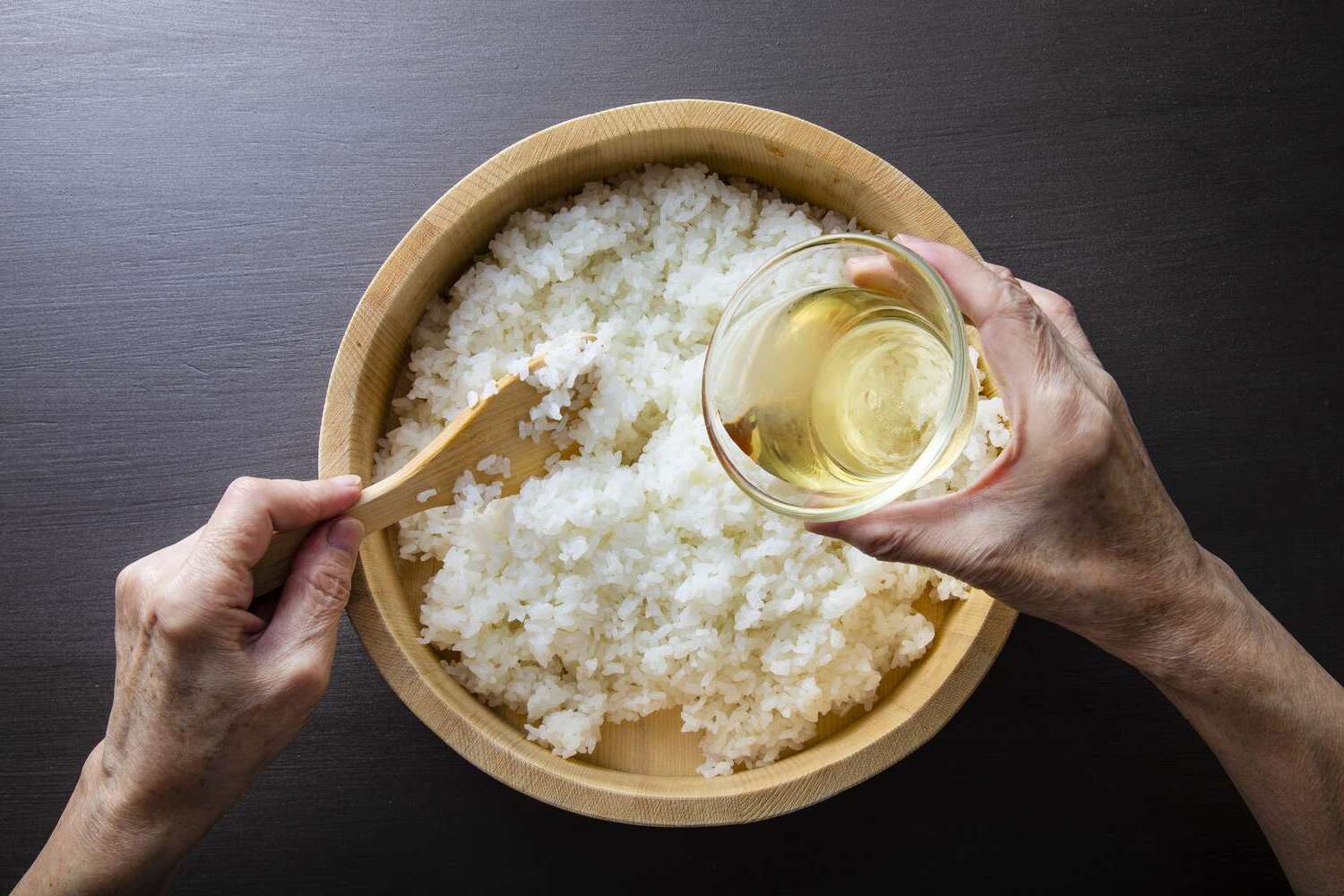Understanding Wheat Protein
Wheat protein, which includes gluten, is a complex mixture of proteins found in wheat and other related grains like barley and rye. It is a key component in many food products and plays a crucial role in the texture and structure of baked goods.
Types of Wheat Protein
There are two main types of proteins found in wheat:
- Gliadin: This type of protein contributes to dough’s ability to stretch and rise by forming gluten, which helps the dough hold carbon dioxide during the baking process.
- Glutenin: This type of protein provides dough with elasticity and strength, working with gliadin to form gluten, which helps the dough maintain its shape during baking.
Uses of Wheat Protein
Wheat protein is widely used in the food industry for its functional properties. It is commonly used in the production of:
- Bread
- Pasta
- Cereal
- Baked goods
- Meat substitutes
Its unique ability to form a viscoelastic network makes it an essential ingredient in many food products, contributing to their texture and overall quality.
Health Considerations
While wheat protein is a staple in many diets, it is important to note that some individuals may have sensitivities or allergies to gluten. For those with celiac disease or gluten intolerance, consuming wheat protein can lead to adverse health effects.
However, for the general population, wheat protein can be a valuable source of essential amino acids and nutrients. It is important to consume it as part of a balanced diet, unless advised otherwise by a healthcare professional.
Conclusion
Wheat protein, or gluten, is a versatile and widely used ingredient in the food industry. Its unique functional properties make it an essential component in the production of various food products. While it is a valuable source of nutrients for many, it is crucial to be mindful of potential sensitivities or allergies for some individuals. Understanding the role of wheat protein in our diets can help us make informed choices about the foods we consume.
Whether you’re enjoying a slice of freshly baked bread or savoring a bowl of pasta, wheat protein plays a significant role in shaping the foods we love.
Was this page helpful?
Read Next: What Is A Wish Sandwich?
Abby Marcelino
Abby is a writer, editor, and a fan of ASMR mukbang and cooking videos. Her family has been in the food industry for years and she has been working for their business as a part-time quality assurance officer and content creator. She is addicted to all things dairy and carbs, most especially cheese and bread.


